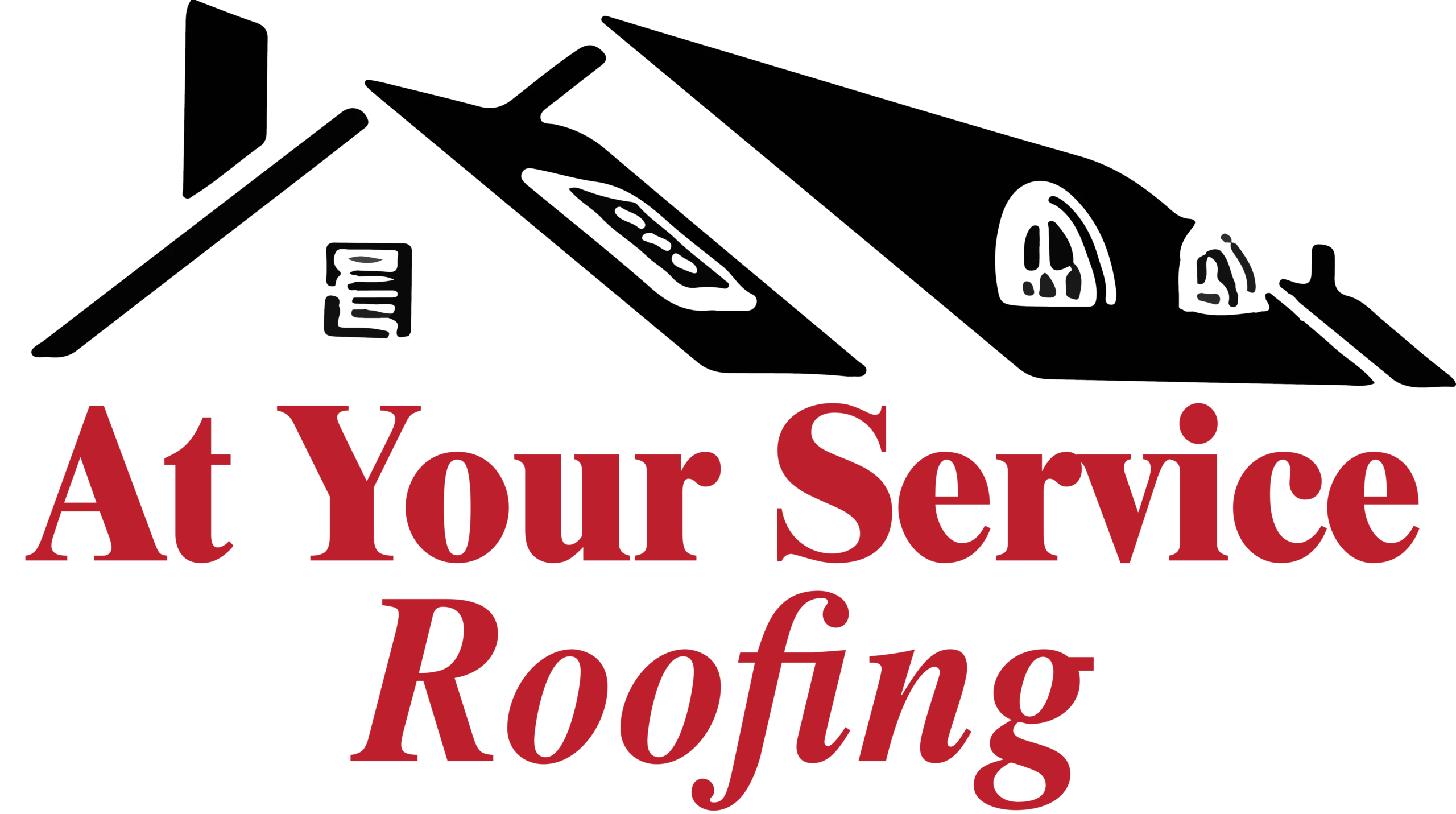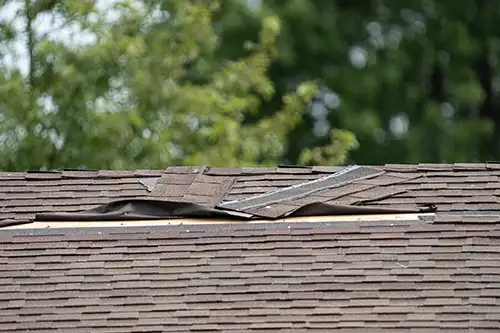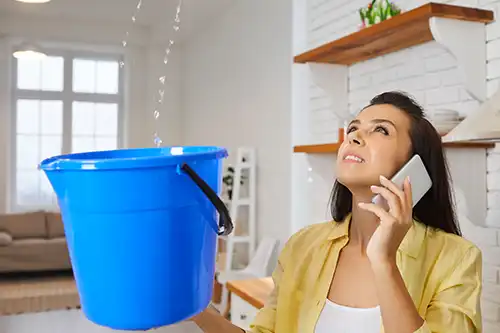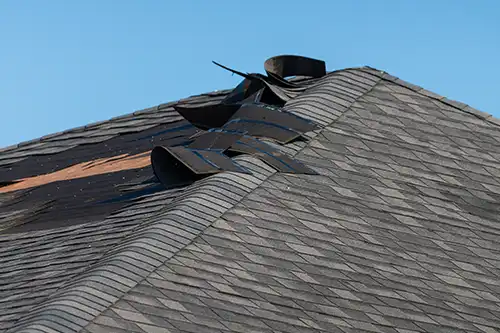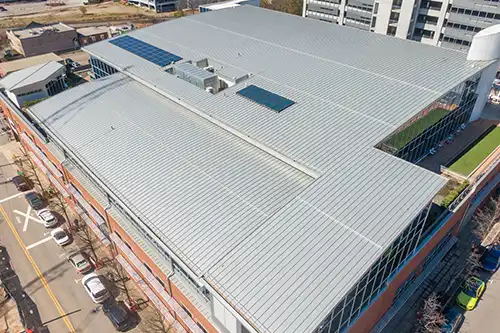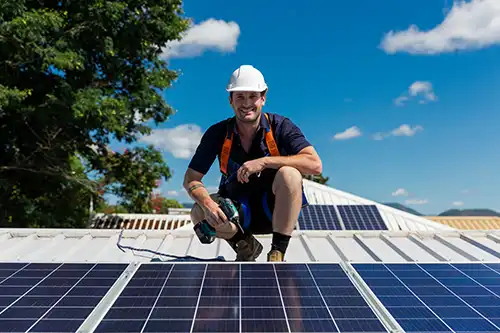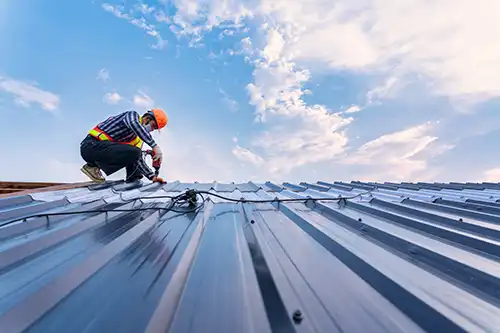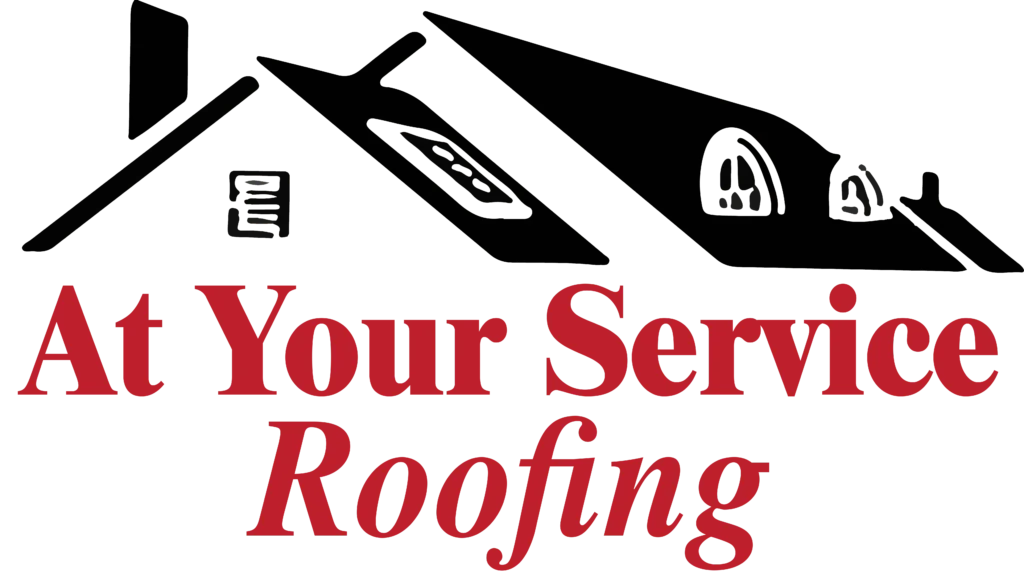Severe storms in Pana, IL, can cause significant damage to your home, and your roof is often the most vulnerable part of your house. Strong winds, heavy rainfall, hail, and falling debris can all take a toll on the roof’s integrity, leading to a range of issues, including cracked shingles, damaged flashing, and loosened materials. These issues can leave your roof compromised and increase the risk of leaks, water damage, and even structural issues if left unaddressed. At Your Service Roofing understands the impact storm damage can have on your roof, which is why it’s so important to know the right steps to take after a storm. Prompt action can help prevent long-term damage, protect your home, and ensure your roof remains strong and secure. Throughout this blog, we’ve explored various ways severe storms can damage your roof and the importance of addressing issues as soon as they arise.
Types of Storm Damage to Your Roof
Storms can cause various types of damage to your roof, each requiring different repairs. Wind can tear off shingles, lift flashing, or cause trees and branches to fall, leading to leaks. Hail can dent or crack shingles, weakening the roof over time. Water from heavy rain can seep into weakened areas, causing leaks, stains, and mold. Debris, such as falling branches, can puncture or damage the roof, allowing water to infiltrate. In colder climates, ice dams can form when snow melts and refreezes at the eaves, trapping water under shingles and causing leaks. Addressing storm damage quickly is essential to prevent further issues and costly repairs. Regular inspections can help ensure your roof remains in good condition.
How to Identify Storm Damage
After a storm, it’s important to inspect your roof for signs of damage to prevent more serious issues later on. Some damage can be seen from the ground, while other damage may require a closer look. Look for missing or damaged shingles, such as ones that are cracked, curled, or torn, which could be a result of wind or hail. Hail can also cause dents or cracks in shingles, weakening their structure. Check for loose or missing flashing around chimneys and vents, as this can lead to water infiltration. Inside your home, look for visible water stains on ceilings or walls, which indicate leaks. If your roof deck is sagging, it’s a sign of significant water damage. Also, check for fallen tree limbs or debris that may have caused punctures or dents.
What to Do Next After Storm Damage
If you suspect storm damage, act quickly to prevent further harm. First, ensure safety by staying away from fallen power lines and avoid climbing on the roof if there’s any risk. If there’s a leak, use a bucket or tarp to catch water and protect your home’s interior. Once it’s safe, document the damage by taking photos from different angles, including close-ups of any missing shingles or punctures. This will help with your insurance claim and repair estimates. Finally, contact your homeowners’ insurance company to report the damage and start the claims process. An adjuster will need to assess the damage, so be sure to ask about the next steps and coverage for repairs.
Reach Out to Professional Roofing Contractors
Once you’ve reported the storm damage to your insurance company, it’s important to contact At Your Service Roofing. Our skilled team will perform a comprehensive inspection of your roof, carefully identifying both visible and hidden damage that could lead to further issues. We understand how crucial it is to address all forms of storm damage, and we’ll provide you with an accurate estimate for repairs or replacement. With the right tools and expertise, our professionals can identify damage that may not be immediately obvious, ensuring that every problem is addressed properly. By choosing our trusted team, you can have peace of mind knowing that your roof will be repaired correctly, which helps prevent additional damage and extends its lifespan for years to come.
Consider Roof Replacement If Necessary
Severe storm damage can sometimes require a full roof replacement, particularly when large sections of your roof are severely compromised or if the structural integrity is at risk. In some cases, replacing the roof may be more cost-effective than continually repairing the damage. You should consider roof replacement if over 30% of your roof has been damaged, especially when the damage is widespread or affects key structural components.
Additionally, if your roof is nearing the end of its lifespan, it may be more practical to replace it entirely rather than patch it up. A full roof replacement ensures the long-term safety and durability of your Pana, IL, home, preventing ongoing repair costs and potential future issues.
Contact At Your Service Roofing for Your Roofing Services
Storm damage to your roof in Pana, IL, can lead to further issues and higher repair costs if not addressed quickly. At Your Service Roofing offers an experienced team that is ready to handle your roofing repairs and replacement. We conduct thorough inspections to identify both visible and hidden damage, ensuring nothing is overlooked. After assessing the damage, we provide an accurate repair estimate. With our skilled professionals on the job, you can trust that your roof will be efficiently restored, preventing future problems and ensuring lasting protection for your home. Acting quickly is key to minimizing damage. Contact us today to restore your roof and protect your home from further harm.
At Your Service Roofing provides residential, commercial, and metal roofing to Central Illinois, including Taylorville, Pana, Vandalia, Mattoon, Litchfield, Hillsboro, Gillespie, Springfield, and the surrounding areas.
